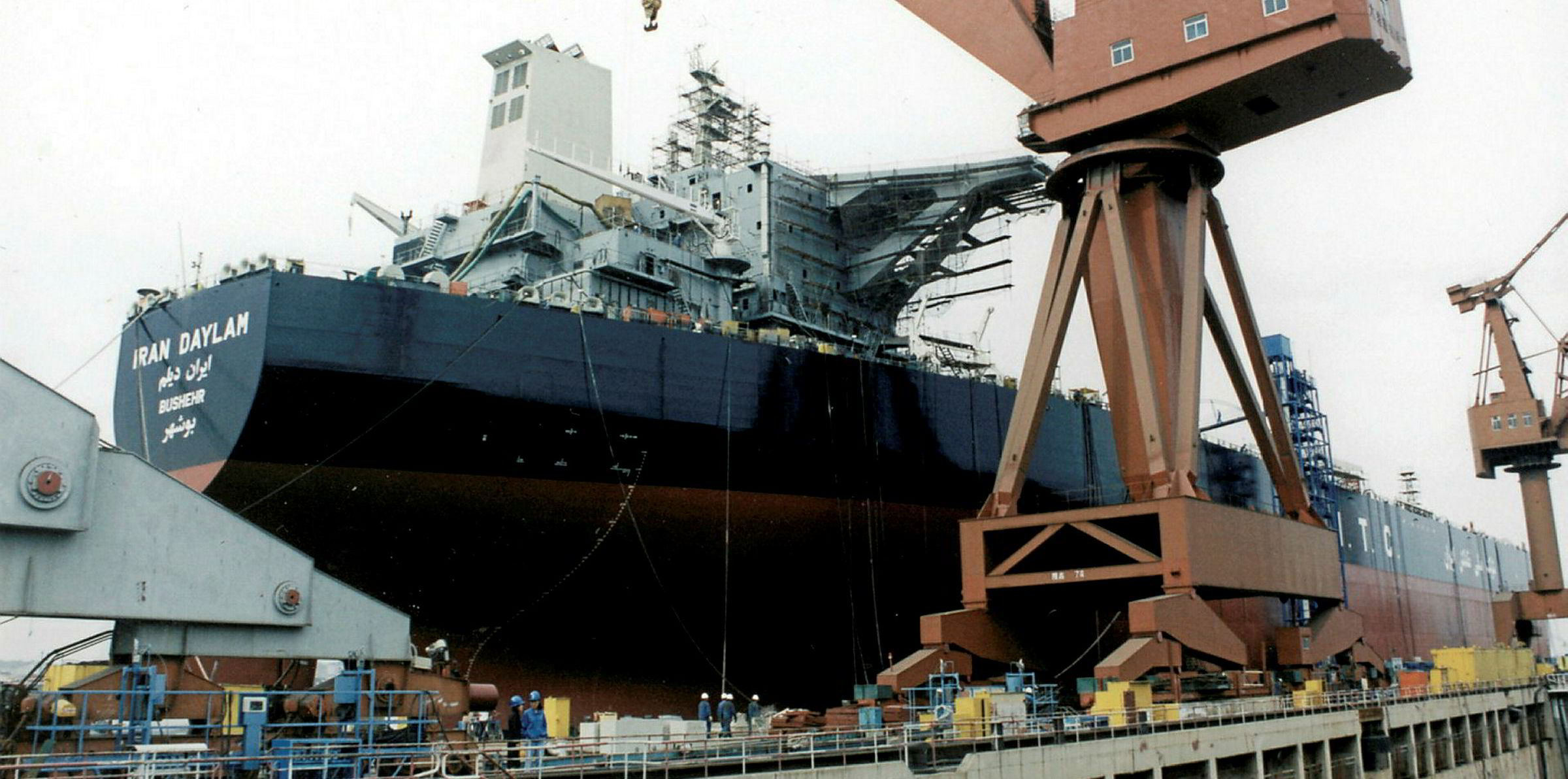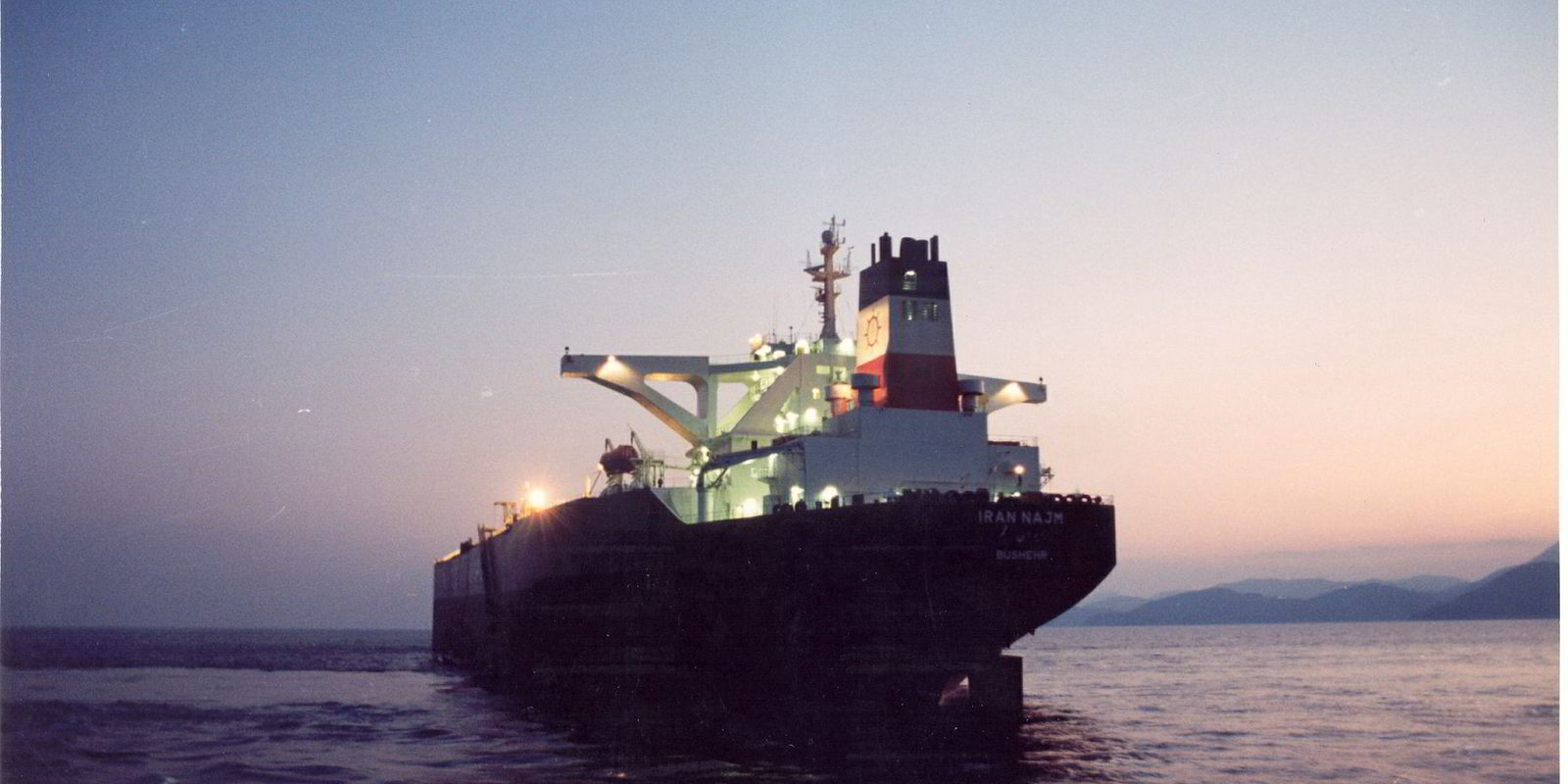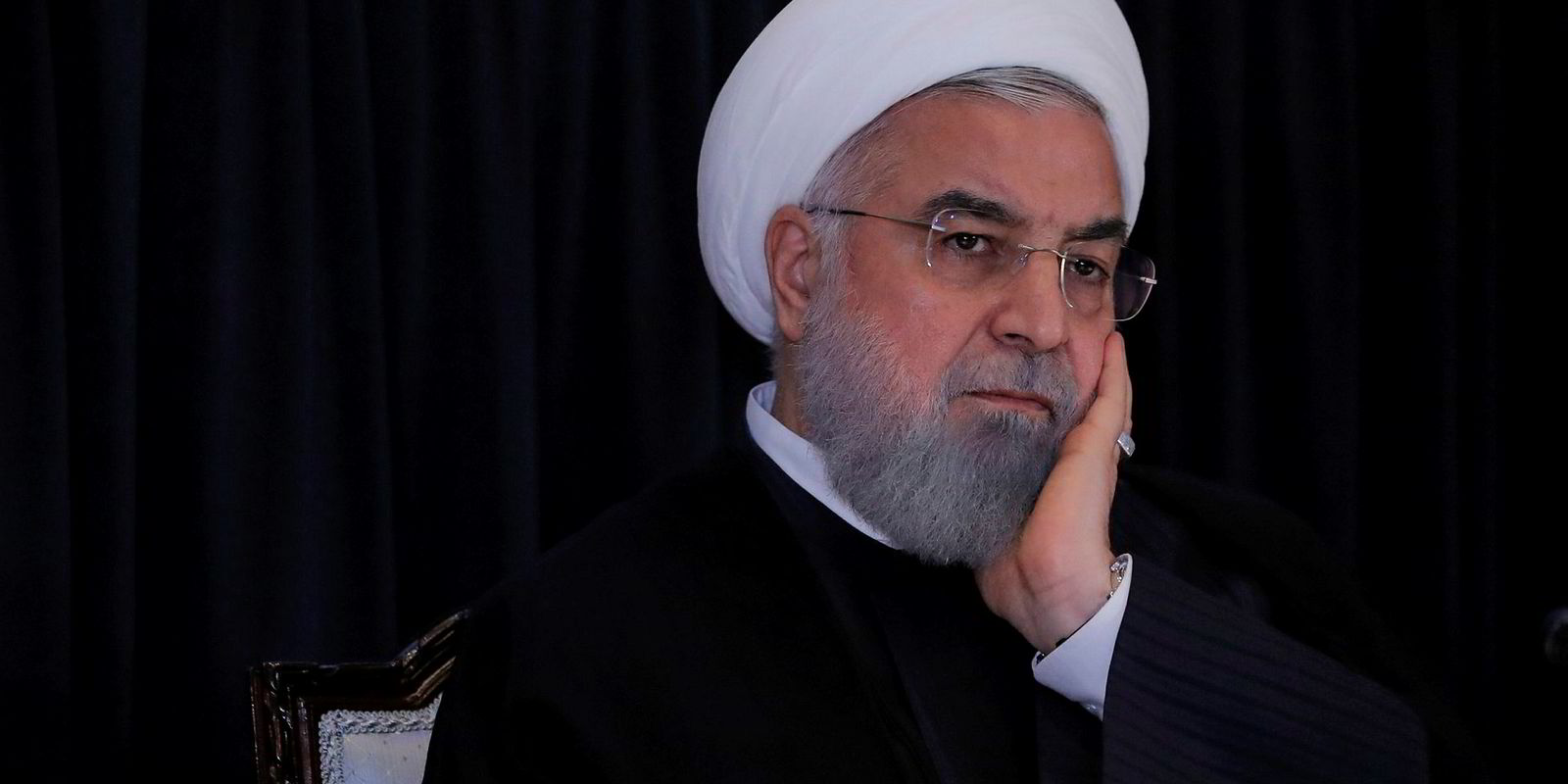China, as the top buyer of Iranian crude, has been able to maintain intake from the Islamic republic to some extent even in the face of past sanctions.
Market participants expect the country to do the same this time as the US prepares to ramp up sanctions on 4 November, but the tough stance of the Donald Trump administration and ongoing trade war might complicate matters.
I do believe China will remain the top buyer of Iranian crude oil as they were during the past round of sanctions
When the previous round of sanctions by the US and the European Union was in place between 2012 and 2015, China managed to keep Iranian crude flowing by obtaining an exemption from Washington DC, using the National Iranian Tanker Co (NITC) fleet, vehicles such as Zhuhai Zhenrong Corp and accepting transactions in Chinese yuan.
Attention now on China
As the US sanctions come into force, much attention has shifted to China, and on how the country's approach will be different this time around.
“I do believe China will remain the top buyer of Iranian crude oil as they were during the past round of sanctions,” Bimco chief analyst Peter Sand told TradeWinds. “In between, the Chinese importers have been able to take US oil as well. I don’t expect it to be any different this time around.”
However, it remains to be seen how China will achieve this. Publicly, China’s Ministry of Foreign Affairs has vowed to continue trade with Iran. But Sinopec and China National Petroleum Corp — the two state giants that have bought Iranian crude — have kept quiet on how to maintain the trade relationship.
“The Chinese oil majors have little choice in the matter as they will certainly want to avoid being blacklisted on the US financial markets,” Banchero Costa head of research Ralph Leszczynski said.
Leszczynski and some executives from the world’s largest trading houses suggest waivers from Washington will be difficult to obtain, given the Trump administration’s diplomatic stance. Leszczynski added that the difficulty could be exacerbated by the ongoing trade war between China and the US.
Reduced imports
Industry estimates show China is scaling down imports of Iranian crude with the upcoming sanctions — but not giving up. Imports dropped to 521,000 barrels per day (bpd) in September from 654,000 bpd in April, figures from Energy Intelligence suggest.
“China is the key variable," Energy Intelligence says in a weekly note. "It is reluctant to abandon Iran due to energy security concerns. Without waivers, any buying that does take place is likely to come through shell companies, from ghost tankers and via shadowy deals.”
Before restrictions on Iranian trade were eased in 2015, China had state-linked Iranian specialists such as Zhuhai Zhenrong and Bank of Kunlun. Even as Washington imposed sanctions on the two entities, China’s oil trade with Iran was able to continue.
Blast from the past
It is possible that China could repeat the same approach. As in the past, NITC’s tanker fleet — one of the largest in the world — is taking full responsibility for transporting Iranian crude to China. Chinese state carriers, which have business operations in the US, are not keen to take on the risks.
Vessel-tracking data from VesselsValue shows all 28 crude shipments from Iran to China from July to 15 October were on NITC vessels. In comparison, of the 58 shipments in the first half of 2018, China VLCC accounted for 10 shipments, Cosco Shipping Energy Transportation for 18 and NITC held the remaining 30.
There have also been reports that some NITC vessels are turning off their AIS signals to continue trades. How effective this method can be is in doubt, though — there are satellite images tracking ships, and those vessels would eventually need to turn on their AIS signals to enter ports for operational safety, some industry officials said.
“China will most likely remain the largest buyer of Iranian crude, but I'm afraid overall volumes will be reduced,” Leszczynski said.






